A set of five literacy rotation task cards to be used in conjunction with Issue 1 of Teach Starter's Year 1 magazine.
Take the stress out of your literacy planning with these comprehensive task cards!
What are these task cards for?
These task cards have been designed specifically for use with Issue 1 of Teach Starter’s Year 1 magazine, What’s Buzzing?
How do I use the magazine and task cards for literacy groups?
In countless ways! You could assign each literary group an article for the week, then allow the students to work through the five sets of task cards.
Teachers, please read over the articles before you plan your activities. Some content may need teacher guidance depending on students’ abilities.
What types of task cards are included?
Five sets of task cards have been included. These address the areas of writing, language, comprehension, reading strategies and higher-order thinking skills.
Year 1 Magazine – What’s Buzzing (Issue 1)
You can access the magazine by clicking the thumbnail below.
[resource:3702602]


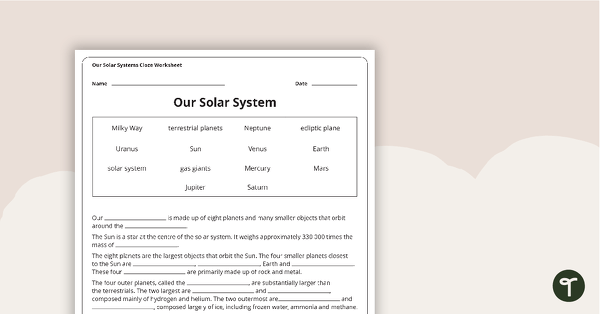
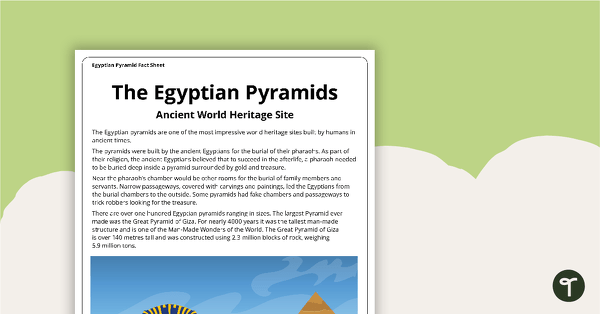
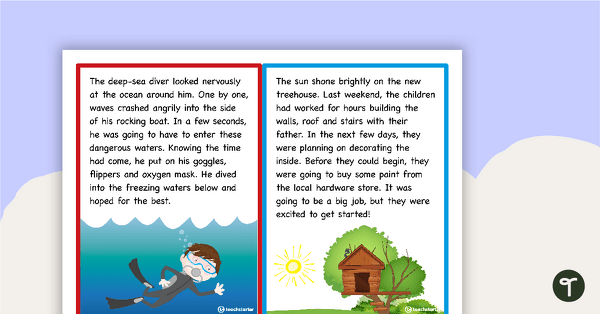
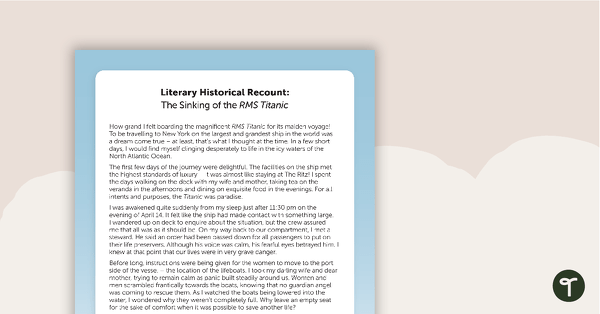
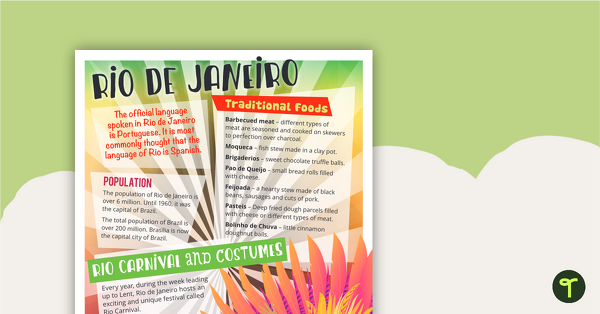
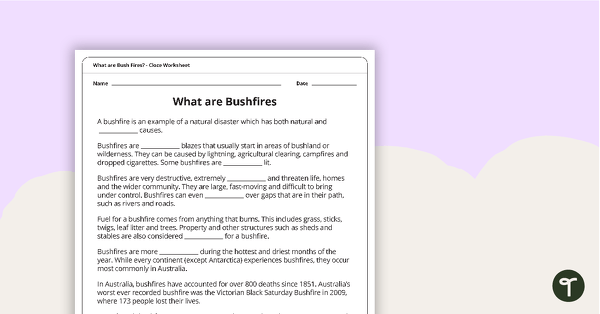
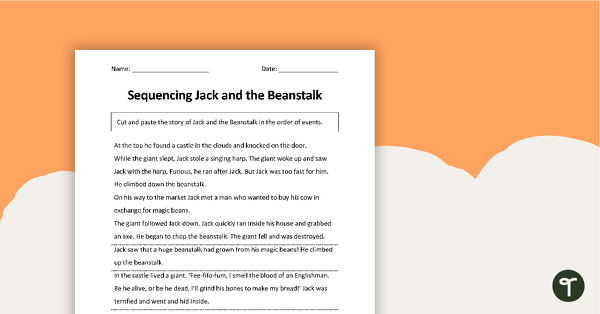
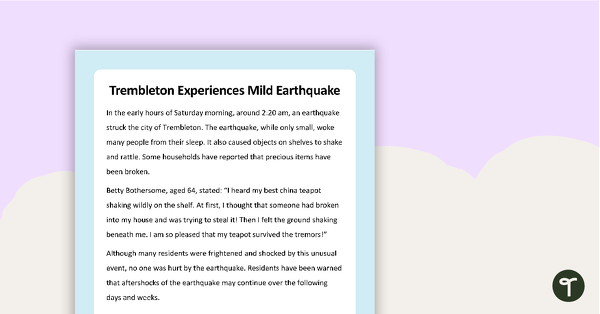
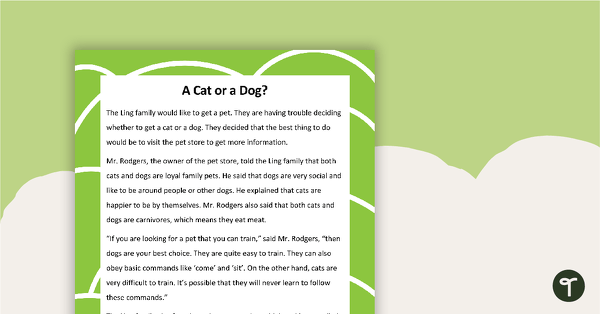
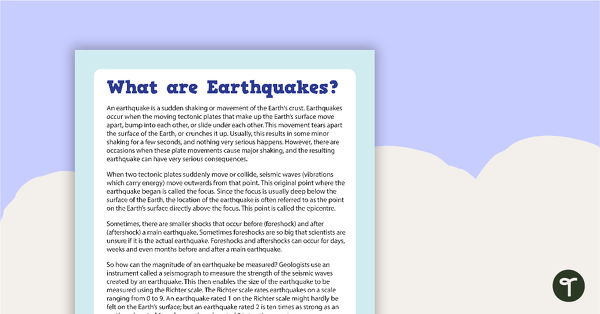
0 Comments
Write a review to help other teachers and parents like yourself. If you'd like to request a change to this resource, or report an error, select the corresponding tab above.